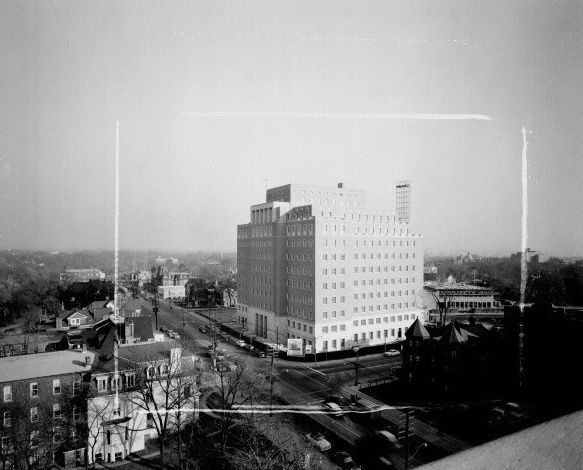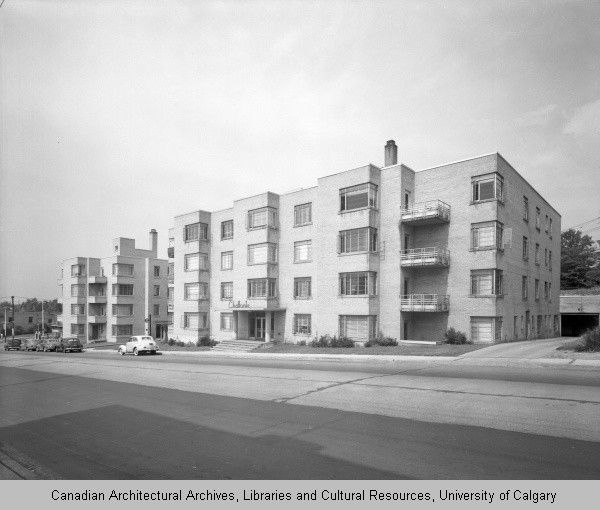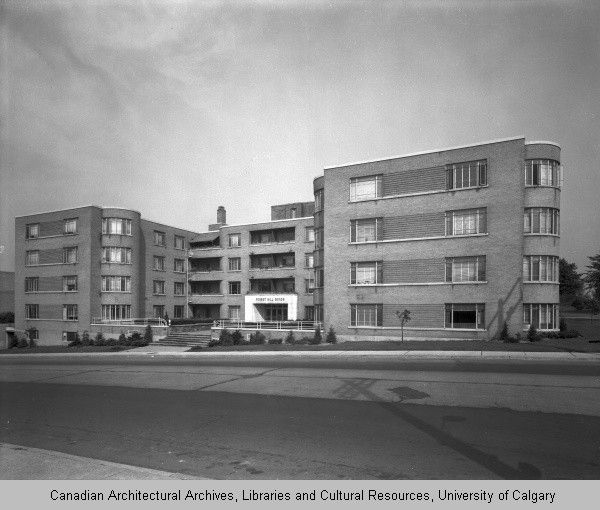thecharioteer
Senior Member
Some photos from the Panda Archives of one of the more interesting lost buildings of "Mid-century Modern" Toronto, St. Hilda's Church at Dufferin and Eglinton in 1954 (architect Philip Carter Johnson), a rare example of a "shell" structure, reminiscent of Brasilia:




Also from Panda, the "new" Confederation Life Building (now Rogers), at Bloor and Jarvis in 1954:


And some night shots of the Bank of Commerce:


Some apartment buildings (still standing) near Bathurst and Eglinton:
1948:






1953:






Also from Panda, the "new" Confederation Life Building (now Rogers), at Bloor and Jarvis in 1954:


And some night shots of the Bank of Commerce:


Some apartment buildings (still standing) near Bathurst and Eglinton:
1948:






1953:


Last edited:






























